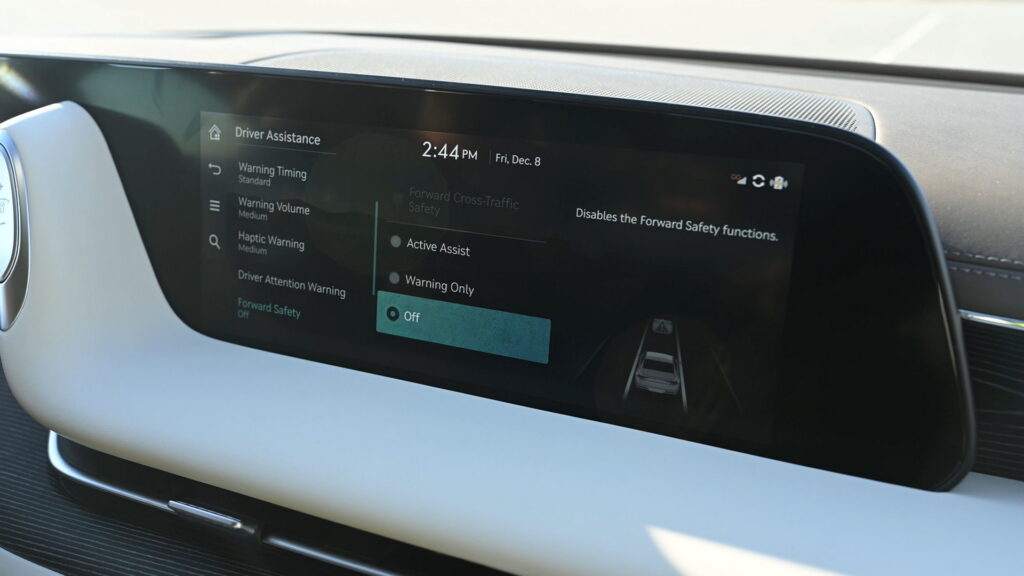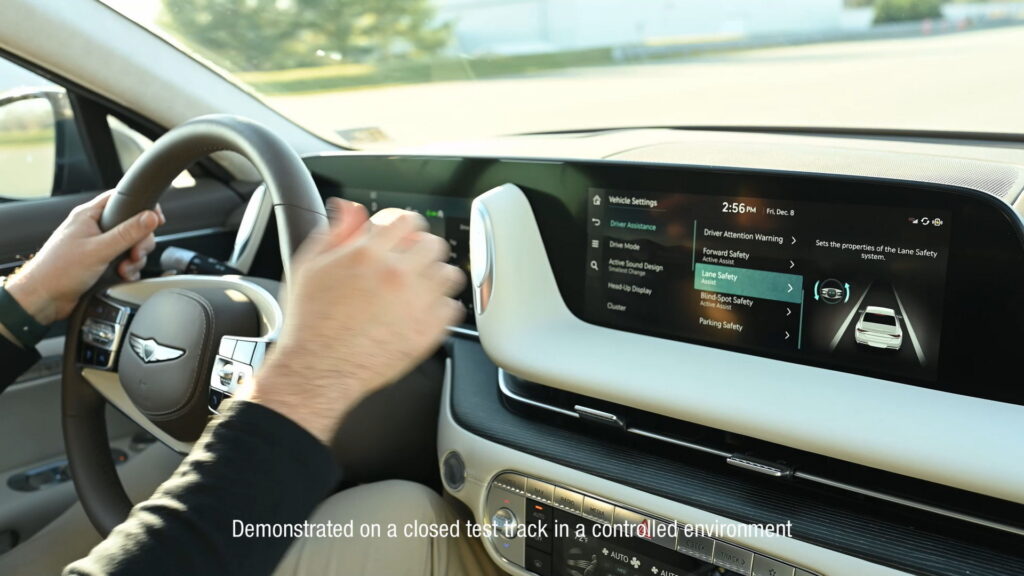- The IIHS says that partial automation features are akin to power windows.
- At the same time, crash avoidance systems appear to be very good at reducing crash rates.
As automotive technology grows more quickly, it can be easy to confuse the purpose and abilities of different features. A new study from the IIHS highlights just how vital it is to know the difference, indicating that there is a wide gap between crash-avoidance and partial-automation systems when it comes to safety outcomes.
Crash avoidance technology includes features like automatic emergency braking, lane departure prevention, and blind-spot monitoring. Partial autonomy features include adaptive cruise control and lane-centering assist. Data shows a reduction in crashes with the former but the latter doesn’t appear to be as effective.
More: Phoenix Cop Hilariously Pulls Over Driverless Waymo Going Wrong Way, Who Pays The Ticket?
The study, conducted by the IIHS, specifically looked at BMW and Nissan models from five to eleven years old with and without the technologies mentioned above. “Everything we’re seeing tells us that partial automation is a convenience feature like power windows or heated seats rather than a safety technology,” IIHS President David Harkey said. A breakdown of the numbers explains that thinking.
In the study, Nissans with AEB saw an eight percent reduction in property damage liability claims. That figure didn’t increase when the Nissan in question also had a partial automation system. BMWs with AEB and forward collision warning saw a seven percent collision claim rate reduction and a thirteen percent drop in property damage claims. Interestingly, those with adaptive cruise control saw a twenty-five percent drop in property damage claims.

Notably, there are some huge caveats with this study that require consideration. First, systems like AEB and forward collision alerts are almost automatically on by default. That’s not the case with most partial autonomy systems so there’s no telling how many crashes happened with that tech on versus the ones with the systems disengaged. The study openly points out that other factors like headlights can play a huge role in crash prevention.
Finally, as time rolls on, most of this tech gets better and better so there’s no telling how modern cars will do a few years from now in the same conditions of study. Features like lane-keep assist can help drivers avoid accidents, but more data is needed before we can be completely sure which semi-autonomous systems do the most work.




